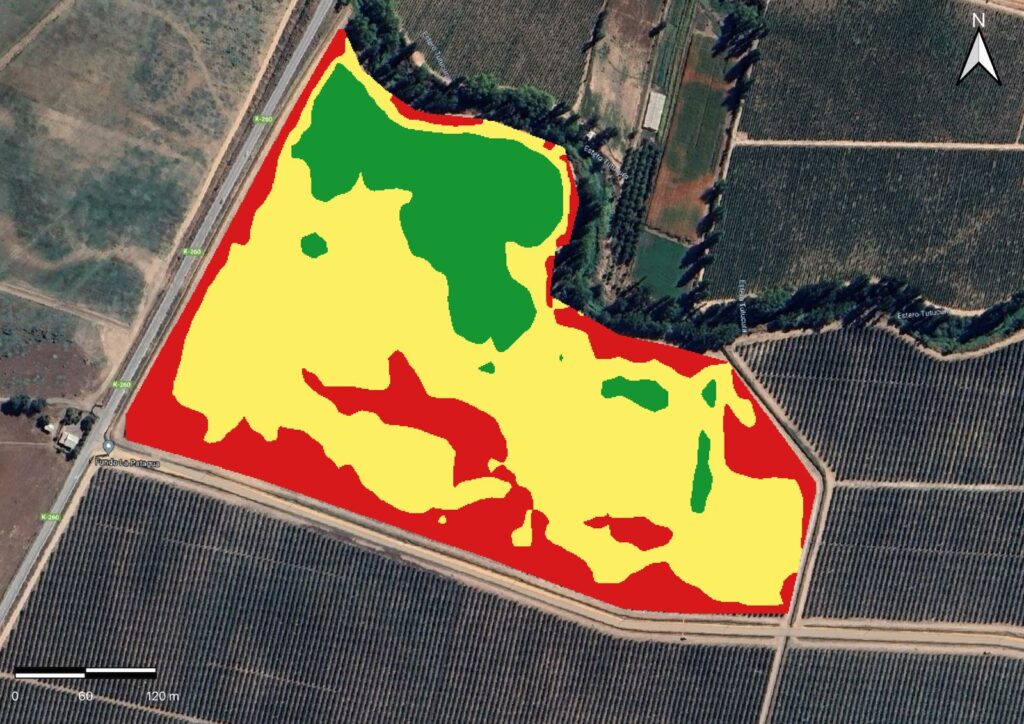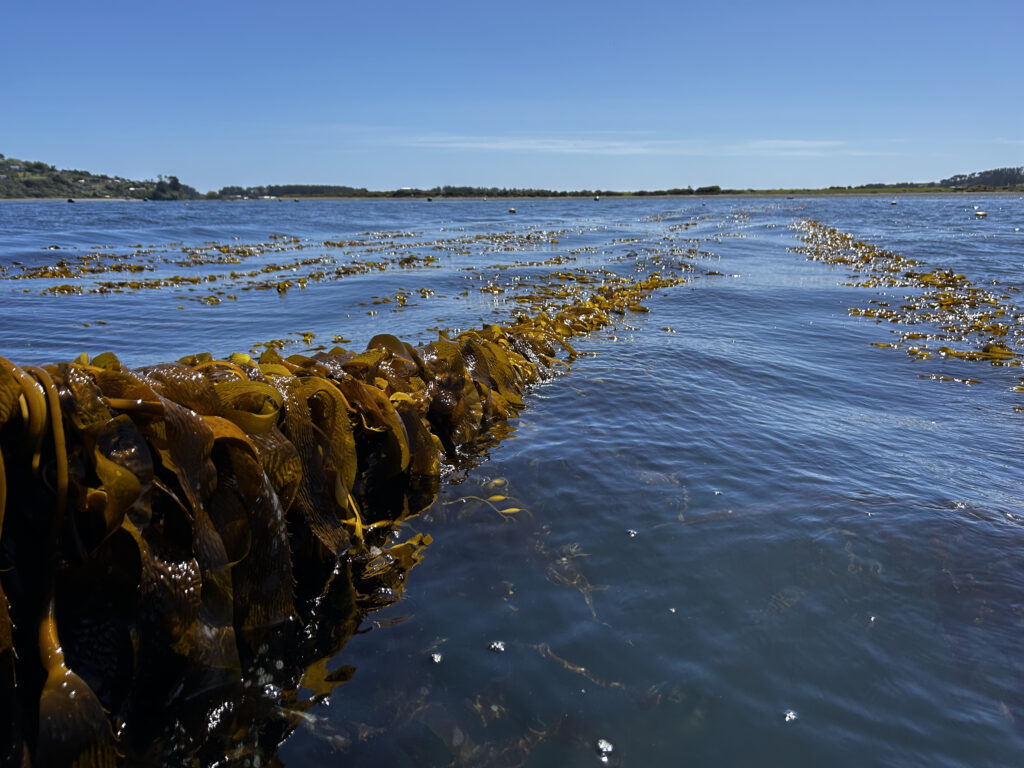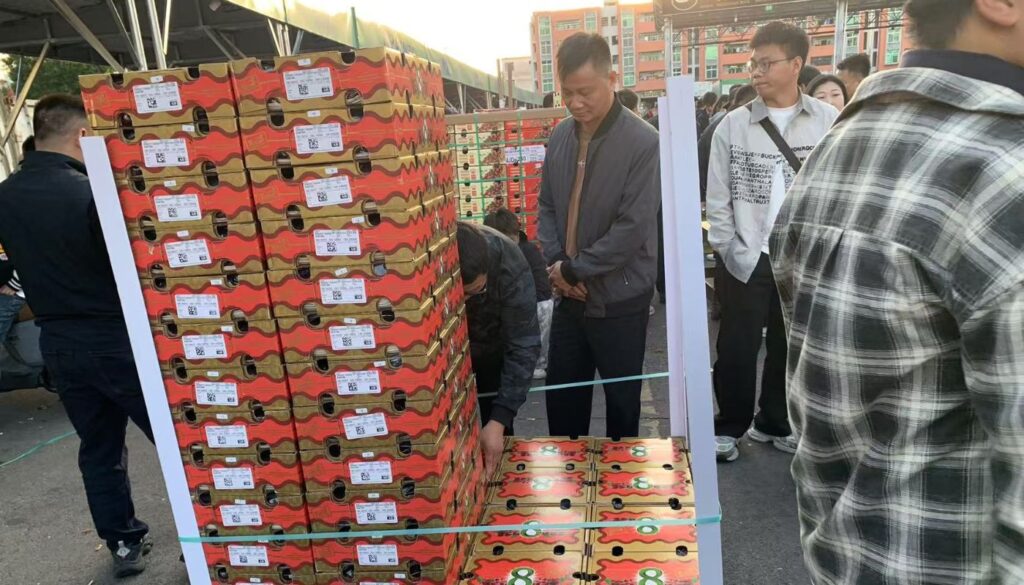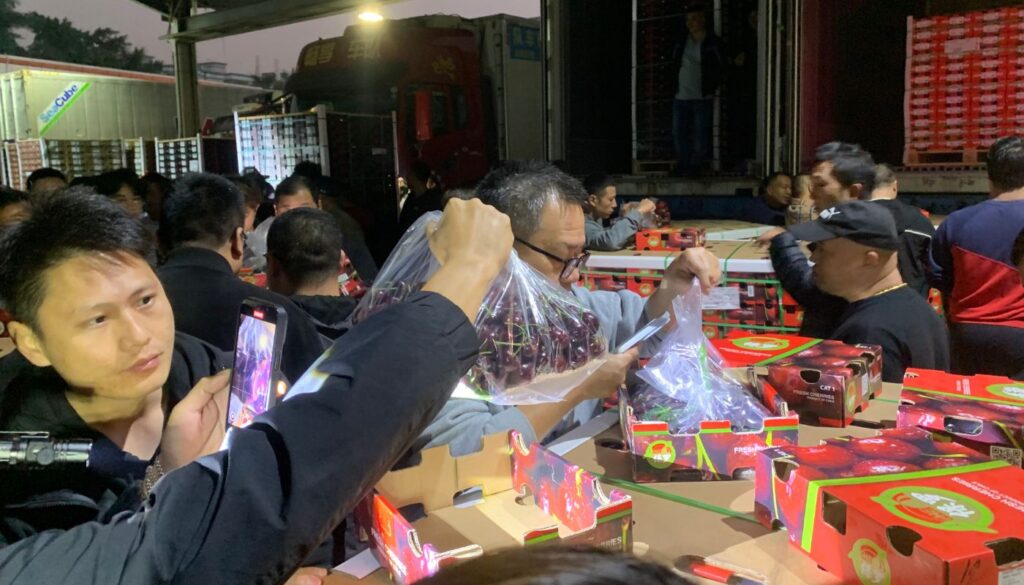Hector Garcia O., Founder and General Manager of Diagnofruit Laboratories Ltda. [email protected]
Chile is one of the main producers and exporters of cherries in the world and is constantly advancing in more plantations throughout the country, but there are still deficiencies in the process that cause many cherry plants to die.
A poorly developed plant in the nursery, poor soil preparation, errors in herbicide management, environmental stress (e.g. periods of high temperatures common in Chile today combined with low water availability), etc., are among the main problems that threaten the longevity and therefore sustainability of plantations. All factors that end up causing what we call ABIOTIC stress and can kill them.
If there is ABIOTIC stress, in contrast, there is the so-called BIOTIC stress, which includes all those whose origin is some type of interaction with other living organisms, fundamentally microorganisms that can also be the cause of the death of plants.
A plant under ABIOTIC stress is definitely more susceptible to BIOTIC stress. In direct connection with this premise, the search for early production, high yields and fruit quality invites us to increase plant density, use of training technologies, powerful fertilization plans and plantations outside of historical “habitat”; all these factors can result in the appearance of new phytopathological problems or other old ones that return because we put pressure on the production system without sufficient local information.
High demand for plants allows the sale of low-quality plant material, with little traceability, which results in contaminated plants. At the same time, due to the effects of globalization, the world is experiencing the greatest health emergency in the last 100 years. This factor increases the risk of contamination in humans and, why not, plants, to which until a few decades ago we could hardly be exposed.
In conclusion, everything described makes it of vital importance to define with certainty which pathogens are affecting the plants, under the new production conditions in the different areas where cherry trees are planted today.
The Project
To respond to this problem, refine and extend the knowledge we already have, we have generated a research project financed by exporters and agrochemical companies, which started to deepen the knowledge of Pseudomonas syringae and especially the pathovar morsprunorum (Psm), recently discovered in southern Chile, affecting cherry trees.
The project has evolved and beyond the effects of abiotic stress, today we set out to answer the question: Why are our cherry trees dying?
With the recent approval of the SAG, Diagnofruit is authorized to carry out certain types of trials on Psm (Exempt Res. No. 1805_2020), in fact, work has already begun on the complete sequencing of the genome of this pathogen, in order to know the initial genetic load (founder strains) and thus in the future detect adaptive processes, communication with other strains. Pseudomonas local, genetic bases of resistance to Copper and Antibiotics, among other key aspects.
Probably Pseudomonas, in particular P. syringae pv. syringae(Pss), As far as we know, It is the most important pathogen in Chile in cherry orchards, producing symptoms of lesser impact such as necrotic leaf spots to the so-called bacterial cancer, characterized by cankers on the trunk and branches that can result in the death of the plant.
However, as you might expect, Pss and Psm They are not the only nemesis of our plants, and there is another type of cancer that we have seen with concern its prevalence in certain orchards and we do not know if this could be a bigger problem in orchards located in the southern zone; this type of canker is caused by fungi of the genus Cytospora, a group that will also be studied in our project.
Some details of the canker caused by Cytospora.
The gender Cytospora It was first described in 1818, and was initially defined as endophytic fungi, degrading dead wood, without pathogenic character. Later they were characterized as causing disease, which was generically called Cytospora but it is also known as Perennial Cancer, Valsa or Leucospora; and more than 85 woody fruit plants have been described as hosts of this type of pathogen, including cherry trees, and especially peach trees. At the same time, several pathogenic species of the genus Cytospora have been described in Poplars and Eucalyptus, which could be a reservoir of inoculum, which are often inside our gardens (Pay attention to this first piece of information).
In Washington-USA, reports began to become important from the late 80's, and it was described as a disease associated with twigs, Trunks injured in winter (frost) or mechanically injured (Certain pipes could make the plant susceptible, second piece of information to keep in mind).
In this way, the fungus colonizes injured tissue and eventually begins to grow into adjacent healthy tissue. The most common symptoms are: dieback (Photo 1), cankers on the bark, gummosis and color changes in wood (Photo 2).

Photo 1. Dieback in cherry trees. Maule Region. Photo Carlos Tapia.
The CANKERS are dark and cleft; They can grow to a point where they girdle the main branches and trunks, resulting in the death of the branch or the tree altogether.
Tiny spore-producing structures Pinhead-sized growths called pycnidia can form on diseased tissue (Photos 2 and 3) and generally when they appear the branch is doomed to die within the next 4 to 6 weeks.

In wet conditions, Pycnidia can exude millions of spores in small reddish to orange tendrils (Photo 3). Splashes of rain or irrigation water can disperse spores to other wound sites and generate cycles of infection of the pathogen.

A recent phylogenetic study conducted in cherry, almond, apricot, pistachio, pomegranate and poplar trees in California (2018) on 150 isolates, revealed 15 species of Cytospora associated with cankers and dieback in these species. Of these, 10 were described for the first time, which implies a future challenge for research into the etiology of the disease.
The literature in Chile is scarce with respect to Cytospora and cherry trees, it is mentioned to Cytospora leucostoma as a causal agent, but it is probably not the only species involved according to what has been described worldwide. A feature that not only appears in national literature is the fact that, apparently, Cytospora and Pseudomonas, they would not share the same tree at the same time, they would have different colonization periods. If we add to this last antecedent that Copper does not efficiently control Cytospora, an orchard that is poorly diagnosed based on the presence of cankers, the management will have no effect on the fungus and the disease can advance, contaminating neighboring plants very easily.
Back to the project and Cytospora, the objective will be to carry out a survey in the orchards of the partner exporters, generating a strain collection characterized at a genetic level to determine the species present in Chile and we will finish with tests in vitro to determine the level of control of various fungicides. Although there are experiences with the use of active ingredients such as Mancozeb, Benomil and Captan, in conjunction with the normal applications of the programs, it is necessary to continue studying some complementary solution that allows preventing this type of disease, in areas where favorable conditions are generated for the fungus or susceptible varieties.
Other Diseases, Associated Companies and Research Team
Other pathogens will be covered by the research; Verticillium wilt It has been a recurring problem in samples arriving at our laboratory and Virus that as plantations grow in age, we have appreciated their effects on productivity.
Finally, we thank the SAG for their technical support to the development of the project, to the companies involved, including important exporters such as Agricom, Frusan, Frutitta, Mace, Prize, Subsole and Ranco Cherries, and agrochemicals Agroconnexion, Anasac, Bayer, BASF, Bionativa and Syngenta that without their contribution it would be impossible to carry out this research. At the same time, the team of Diagnofruit Laboratories will have the technical support of renowned advisors, Jessica Rodriguez, Carlos Tapia and Dr. Alan Zamorano experts in post-harvest, production and virology, respectively.
The invitation to participate is still open, and we will soon be providing news of interesting developments for the national cherry production industry.







